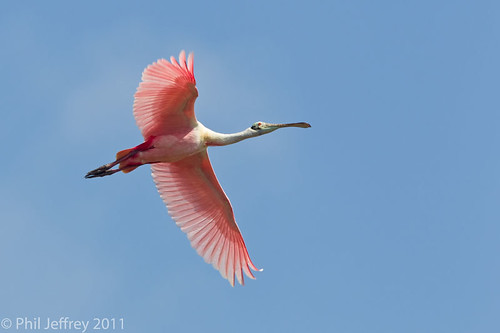
I don't normally go on Pelagics without good reason, since I'm prone to getting seasick. I had balked at a genuine winter pelagic since the high temp was in the high teens Farenheight. However I rolled the dice on this Pelagic run by
See Life Paulagics and found it to be almost totally futile - nothing I saw was something I couldn't see on/from land (and for the most part already had), although some of the views were better. For the life of my I cannot understand why this outfit always runs pelagics with NJ and NY trips on the same weekend, unless they're using the Saturday trips to scout for the Sunday trips.
Highlights: Iceland, Glaucous and Lesser Black-backed Gulls spending time at the back of the boat, somewhat of a regular pelagic thing; lots of Razorbills and some of them in breeding plumage.
Lowlights: only one year bird (the Glaucous); all the Razorbills were rather distant;
NO other alcids (murres, puffins, dovekies);
NO Kittiwakes;
NO Fulmars; and the Gannets were relatively uncommon and all adults. Nothing on the water near the boat save gulls and a few Gannets.
The trip started off well - a Peregrine on the highway bridge, and coming north out of Belmar to Sandy Hook there were large numbers of scoters (Black, Surf and a few White-winged) off Sandy Hook. Which is where we picked up the persistent first winter Glaucous Gull in rather worn plumage. That bird followed us for a while, including the point where we turned south-east toward the "mudhole". When the Glaucous left an immature Iceland Gull joined us briefly. From the turn and for the first few miles we picked up a lot of Razorbills, most distant, but absolutely all of them in flight - if they saw us within several hundred yards they left the scene. A few of the closer ones (close enough that I could pick out the white stripe on the bill) had visible breeding plumage but most appeared to be in basic plumage. As we got further offshore the activity dropped off precipitously and so there were long stretches of total boredom. At about hour 6.5 (of 8) we found a group of gulls around some trawler (scallops?) and picked up adult Iceland and shortly afterwords also second cycle Lesser Black-backed, then after that a brief visit with third cycle Lesser Black-backed. But overall it was 2 hours of good start and 6 hours of total tedium.
Migration novelties were a flock of 7 Great Blue Herons, far enough from land that they must have set off on faith or some sixth sense heading for Long Island , a single Great Egret even further out, and a Wood Duck that I missed but was the furthest out of all (but at least it can set down on the water).
Note to self: no more late March pelagics, at least not with this lot, barring a lot of evidence to the contrary. Subsequent Atlantic pelagics should probably be off MA or NC, or perhaps a real deep winter pelagic again.
(I haven't seen the results of the subsequent day's pelagic, but given the lack of noise about it on the lists I think it had much the same results).




